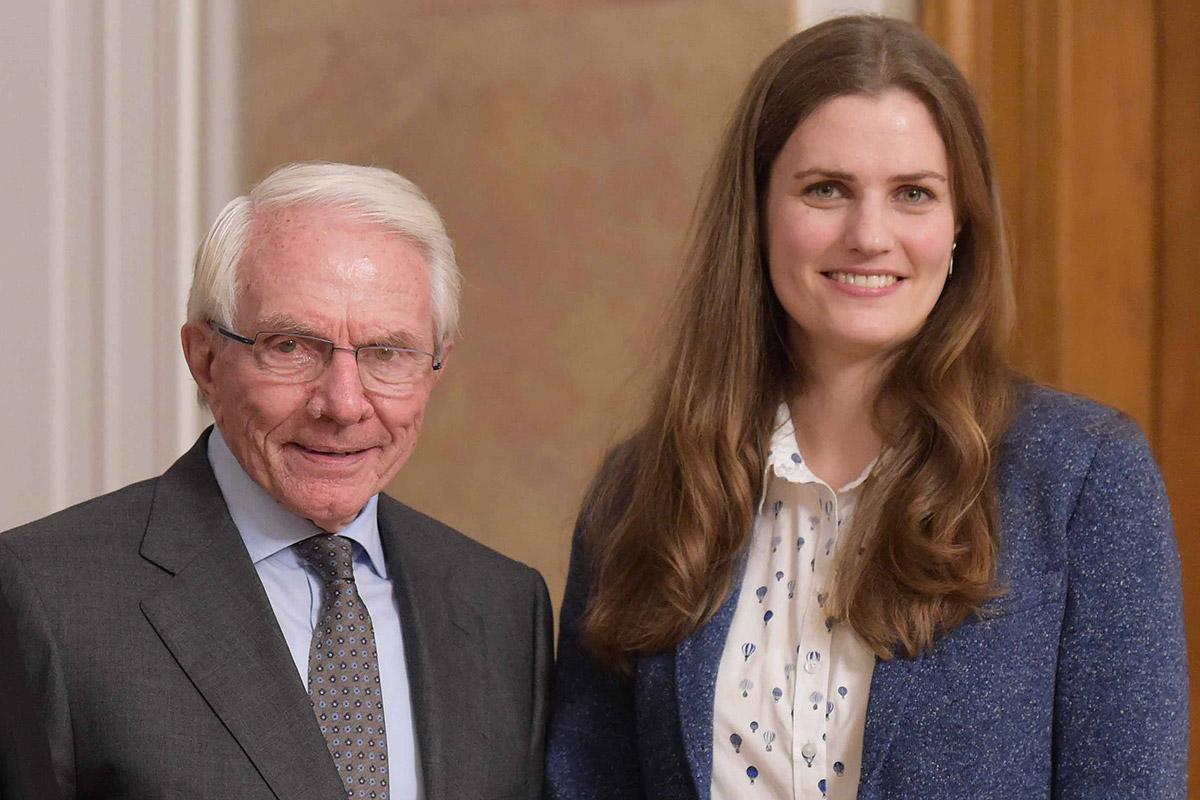The palaeobotanist Dr. Eva-Maria Sadowski receives the Wolfgang Strutz Doctoral Award for her dissertation at the University of Göttingen. The Senckenberg Society for Nature Research honours her work on the amber-conserved plant world of the Baltics. Sadowski has been working at the Museum für Naturkunde in Berlin since March 2019 and is one of two prizewinners this year.
Amber stones are windows into the past: In the fossil resin there are always enclosed animals or parts of plants, which give information about long gone ecosystems. In her dissertation in the Department of Geobiology at the University of Göttingen, Sadowski investigated the plant world conserved in amber in the region of the Baltic Sea - the largest amber deposit in the world. Their results show that the landscape and the ecosystem around 34 to 38 million years ago probably looked quite different than previously assumed. Decisive data included the inclusions of a total of ten conifer genera, nine of which were discovered in the area for the first time. The Baltic Amber Forest was therefore not a closed subtropical jungle, but rather very differently structured in terms of landscape and vegetation. The vegetation was characterised by coastal swamps, alluvial forests, moors and coniferous mixed forests. These results also have an influence on the reconstruction of the habitat of many animal species from the Baltic Amber and their ecological niches.
The Senckenberg Society awards the Wolfgang Strutz PhD Prize for outstanding dissertations in the fields of biology, palaeontology or geology, which have made an important contribution to the study of bio- or geodiversity, its origin and change. The prerequisite is that the work has been carried out on the basis of Senckenberg collection material or at or in cooperation with one of the Senckenberg Institutes.
